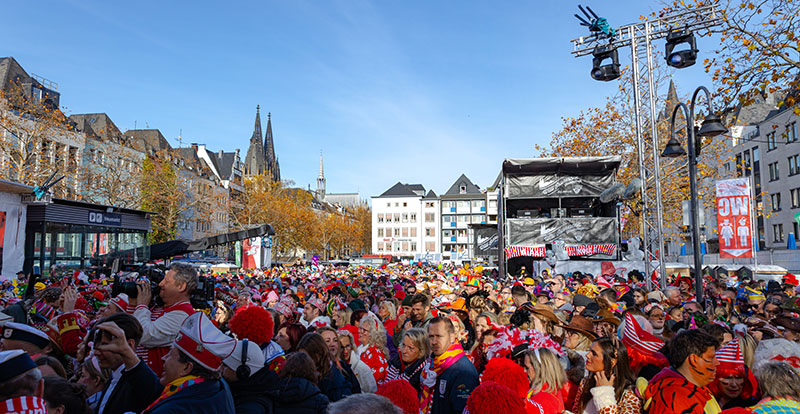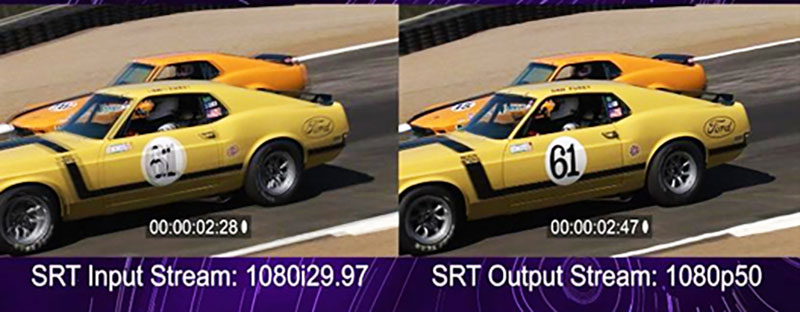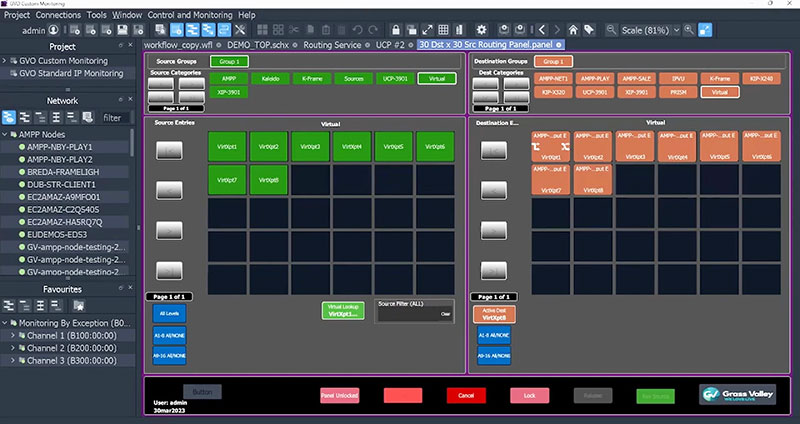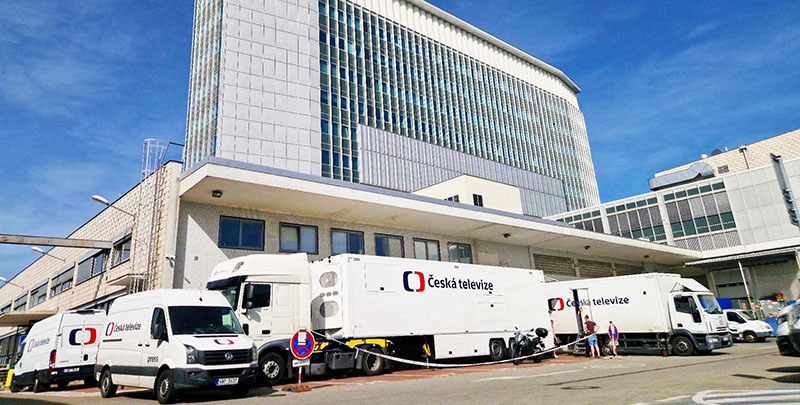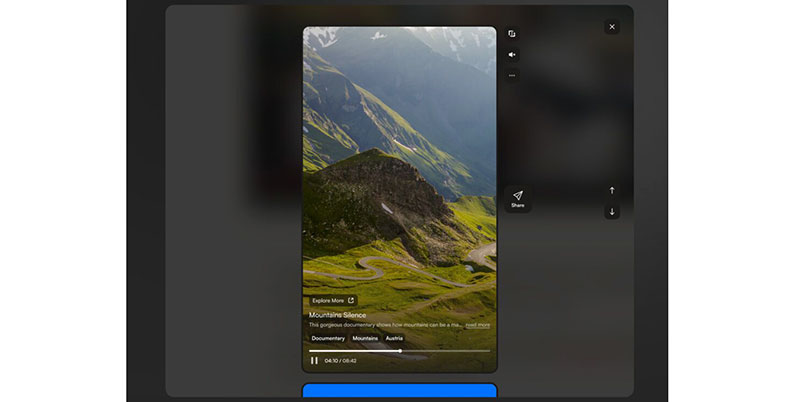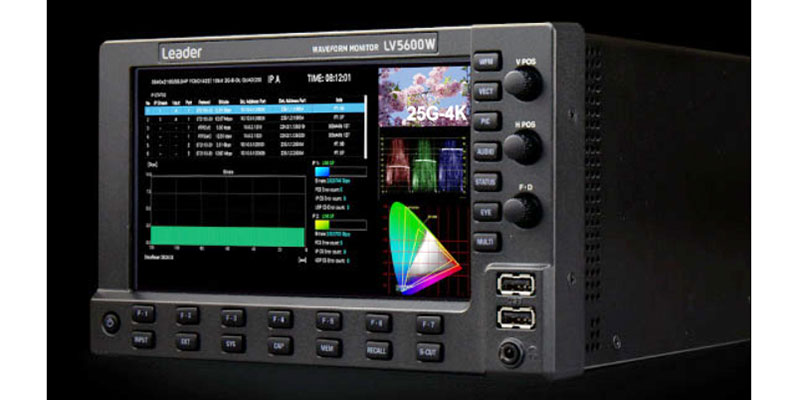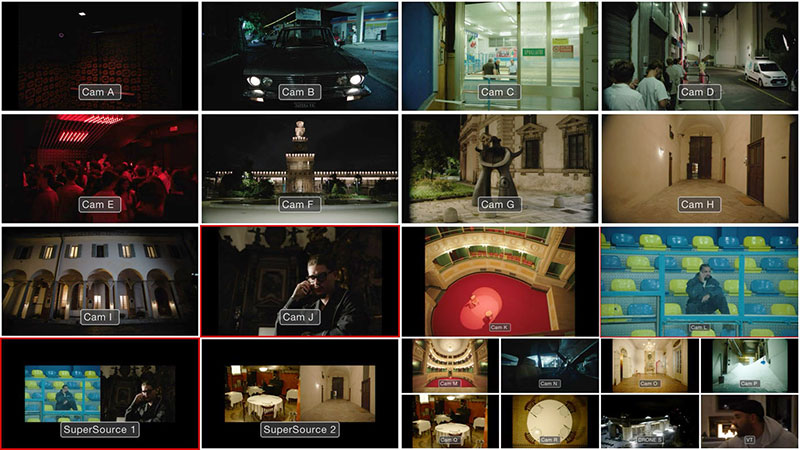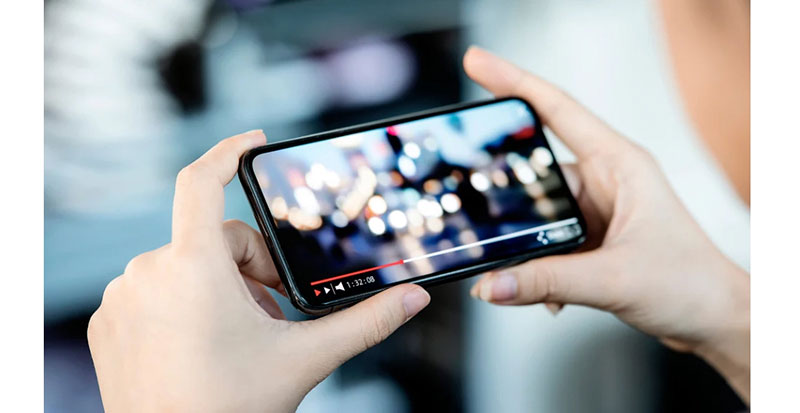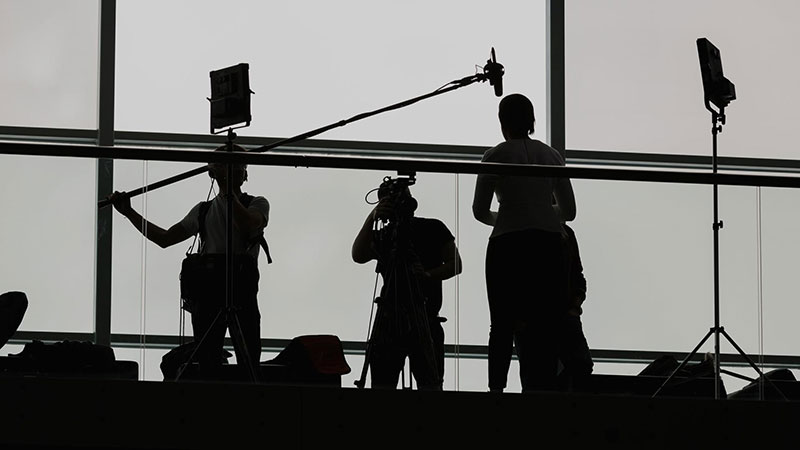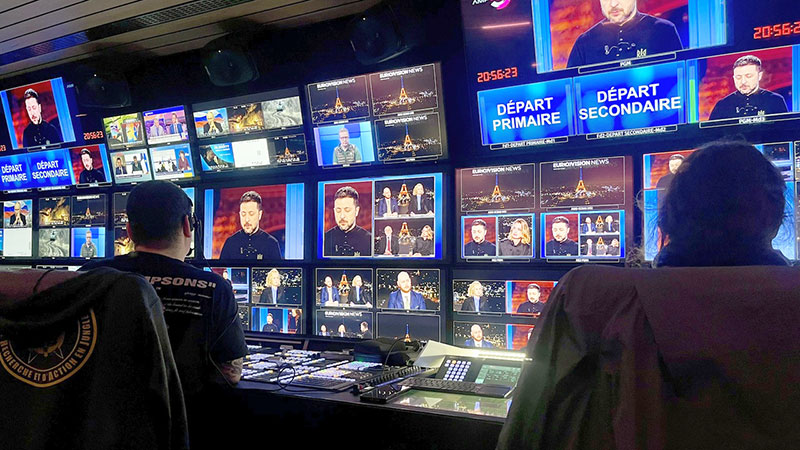The Bridge VB440 probe now includes monitoring of ST 2110-31 and -41 sADM (Serial Audio Definition Model) for the transmission of immersive audio in live, uncompressed production.
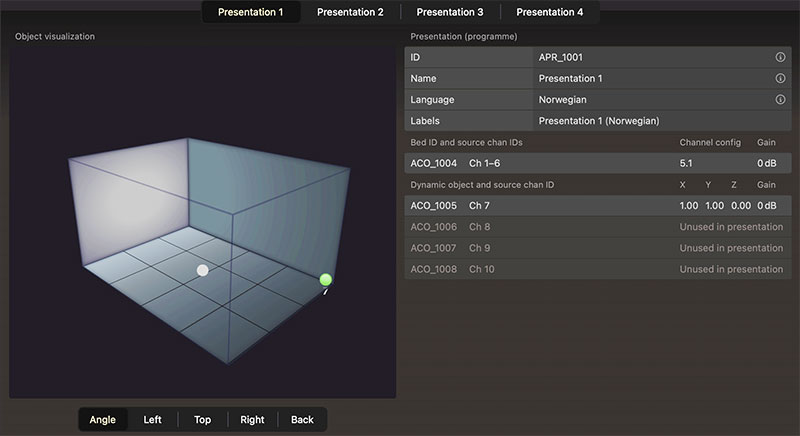
Bridge Technologies VB440 probe’s wide range of production monitoring features have now been extended to include monitoring of ST 2110-31 and -41 sADM (Serial Audio Definition Model) for the transmission of immersive audio in live, uncompressed production environments.
The new capability, which follows on from the incorporation of monitoring for Dolby’s full set of audio standards – including ATMOS – is unique to the VB440, and makes it a comprehensive probe for IP production environments, particular for broadcasters engaging in immersive audio and live production.
Background
In normal cases, immersive audio is rendered and accompanied with an ADM (Audio Definition Model) file, which contains the metadata needed to facilitate immersive playback. However, in the case of live production and transmission, the ADM file cannot be constructed and added as a metadata file. It needs to be serialised in the form of sADM (or S-ADM).
Origially, ADM was not intended for live production and streaming applications, but Serial ADM enables these workflows as a method to define the key metadata about an audio program, and transmit both together in a way compatible with real-time delivery and streaming. Similar in concept to metadata that could be carried alongside the regular analogue-to-digital PCM program audio (as defined in SMPTE ST 2020), S-ADM defines the audio elements that make up a complete program, carrying all related tracks simultaneously.
The metadata defined in sADM can be static for an entire program or dynamic, ultimately varying the position or height level of various audio objects during the program.
Two approaches can be used. The first is to use one of the available audio tracks as a data carrier for the metadata. For uncompressed transmission, the ST 2110 -41 standard can be used to construct a separate serialised metadata file and transmit it separately to the audio file, allowing for the transmission of live uncompressed, immersive audio. However, by separating the audio and its metadata into two transmissions, this approach adds complexity and risk in terms of syncing on delivery.
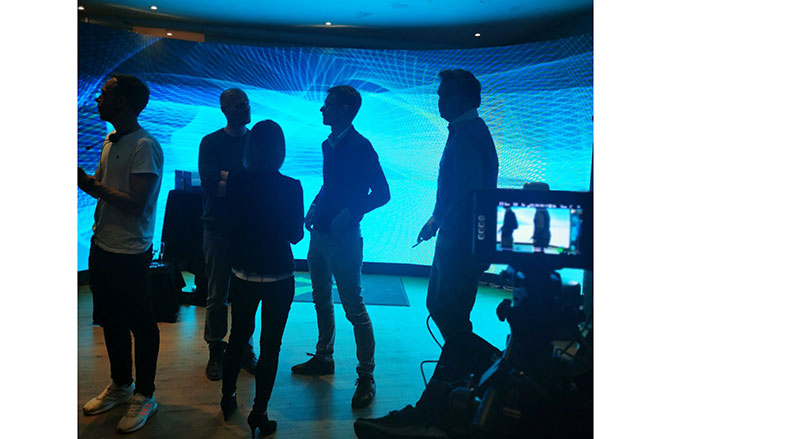
It is this risk that the VB440 is now able to mitigate with through ST 2110-41 monitoring and decoding. It can identify sync issues in the moment, and – through its understanding of packet behaviour and IP network performance more generally – also identify network anomalies that may lead to issues later and facilitate much earlier error detection and avoidance.
Real-Time Performance of Immersive Audio
Its straightforward visualisation of the audio and metadata being transmitted – both numerically and through an incorporated room meter – gives immediate insight into the real-time performance of immersive audio productions. In this way, the VB440 enables immersive audio for live production, and makes immersive audio productions more consistent and reliable.
Chairman of Bridge Technologies Simen Frostad said, “Through the VB440 we are pushing the scope of what can be done in live IP production. Our recent focus over the past year on audio developments has seen the addition of a range of critical immersive audio tools. Currently, no other monitoring system on the market incorporates ST 2110-31 or -41 monitoring.
“The development has been driven by a client’s need to deliver immersive audio for the live broadcast of the global sporting events coming up later this year. We expect its potential use to extend to a diverse group of broadcasters and events.” bridgetech.tv





